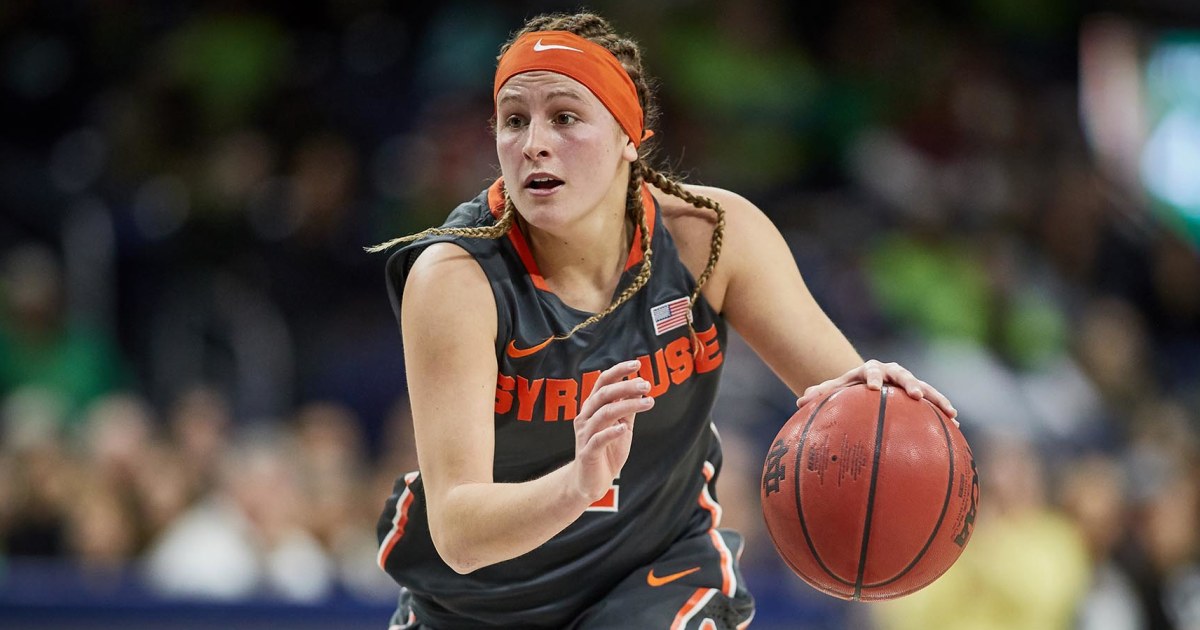A school-age child in Los Angeles County has died from a rare complication of measles after contracting the disease in infancy, the county public health department announced Thursday.
The child — who was not old enough to be vaccinated at the time of infection — died from subacute sclerosing panencephalitis, a fatal progressive brain disorder that strikes roughly 1 in 10,000 people infected with measles in the U.S. Doctors believe the risk is as high as 1 in every 600 children who contract measles as a baby.
The disorder typically develops two to 10 years after initial infection, even when — as in this child’s case — the patient recovers fully from measles. The disease begins with seizures, cognitive decline and involuntary muscle spasms, and progresses to dementia, coma and eventually death.
“Most pediatricians in the U.S. have never seen a child with SSPE because we’ve been vaccinating kids against measles for decades,” said Dr. Adam Ratner, a New York-based pediatric infectious-disease specialist and author of the book, “Booster Shots: The Urgent Lessons of Measles and the Uncertain Future of Children’s Health.”
The Los Angeles County Department of Public Health could not release further details on the child’s age, gender or location due to patient privacy laws, a spokesperson said.
The department could only confirm that the child acquired measles before becoming eligible for an MMR vaccination.
“This case is a painful reminder of how dangerous measles can be, especially for our most vulnerable community members,” county health officer Dr. Muntu Davis said in a statement. “Infants too young to be vaccinated rely on all of us to help protect them through community immunity.”
Children typically receive their first MMR dose when they are 12 to 15 months old and a second dose between the ages of 4 and 6 years.
An early first dose from the age of 6 to 11 months is recommended for babies traveling internationally or through an international hub. Infants under the age of 6 months are too young to receive the MMR shot, according to guidelines from the U.S. Centers for Disease Control and Prevention.
Very young babies rely on antibodies acquired during gestation and herd immunity to protect them from measles, which killed roughly 400 children every year in the U.S. before the introduction of the combined MMR vaccine in 1971.
Measles was “eliminated” in the U.S. in 2000, meaning the disease was rare enough and immunity widespread enough to prevent local transmission if an errant case popped up.
For 25 years, parents in the U.S. have been able to trust that herd immunity will keep infants safe from measles until they are old enough to be vaccinated.
This recent death may be a signal that social contract is beginning to break.
Childhood immunization rates have been slowly but steadily falling nationwide, from 95% in the years before the COVID pandemic to below 93% in the 2023-24 school year.
In California, one of five U.S. states that banned all non-medical vaccine exemptions, the vaccination rate that year was 96.2%. California is also one of only 10 states with a kindergarten measles vaccination rate exceeding the 95% threshold experts say is necessary to achieve herd immunity.
But if current vaccination rates hold steady over the coming decades, measles will once again be endemic in the U.S. within 25 years, two Stanford University researchers found in a study published earlier this year.
“Right now we should really be trying to up vaccination rates,” Mathew Kiang, an assistant professor of epidemiology and population health, told The Times in April. “If we just kept them the way they are, bad things are going to happen within about two decades.”
Times staff writer Jenny Gold contributed to this report.
Source link

